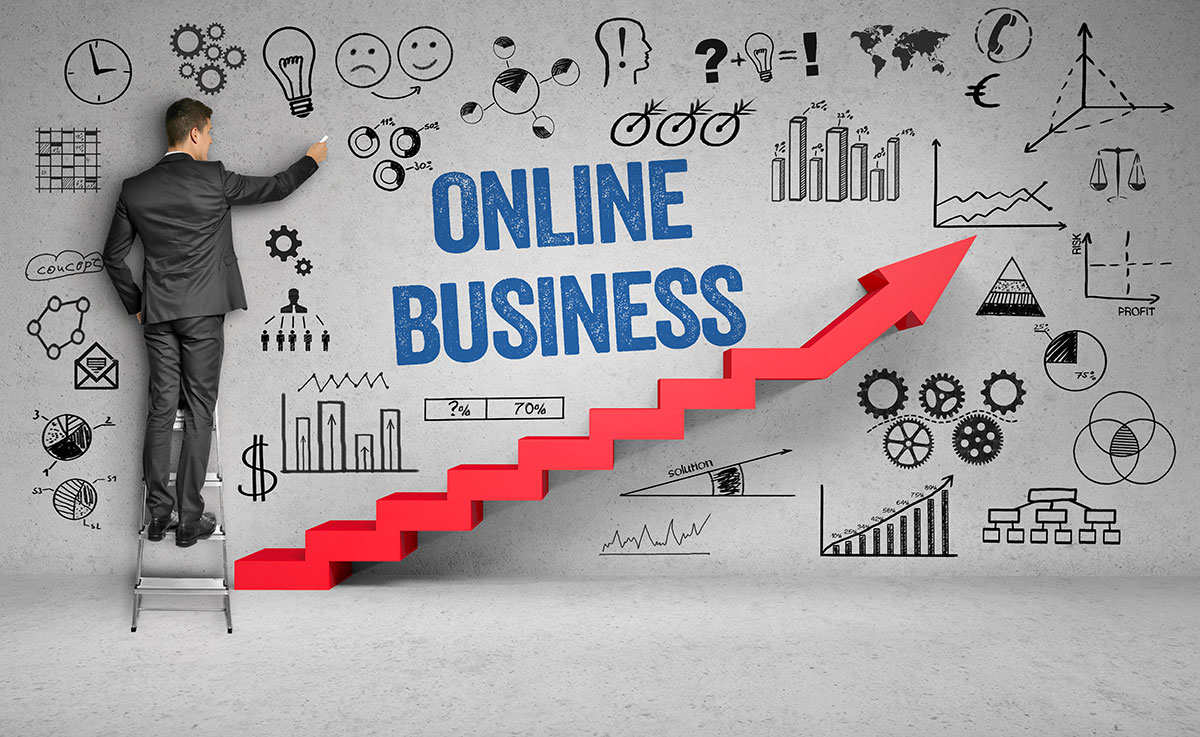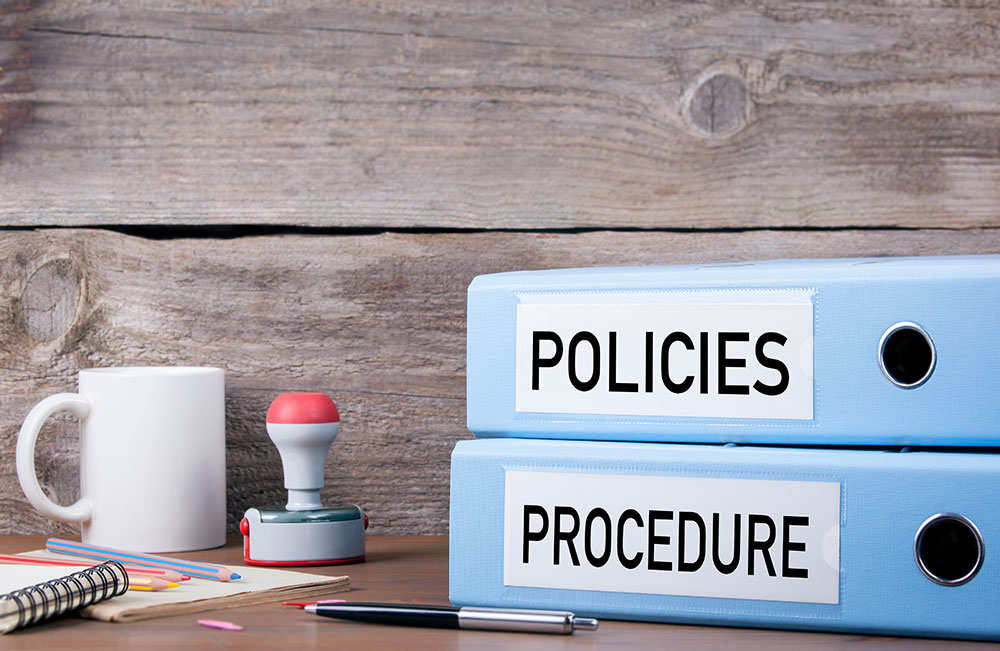How to Launch an Online Business Without Dipping Into Your Savings
August 3, 2021
Many ambitious entrepreneurs launch an online business using their own funds. They use personal savings or max out credit cards. Tactics like these are even lauded. You can find many articles on the internet that encourage entrepreneurs to do whatever it takes to launch their business online. Entrepreneurs who “risk it all” are called brave and “hungry.” But don’t rush to take advice that puts your own financial security on the line. Instead, run through the ideas outlined below for launching an online business. There are more reasonable ways to get your online business up and running that don’t require such a huge financial risk for you and your family.
The Risks of Dipping Into Savings For Your Online Business
Using savings and personal credit cards to launch your business is fraught with peril. This kind of action carries significant—and unneeded—risk.
You Could Lose It All
What if your business fails and you lose all that savings? That will set you back many years on whatever you might have been saving for. Was it retirement? You could end up working many more years; well into your feeble old age. Was it your child’s education? You might have to rely on student loans or scholarships. Was it savings for a down payment on a house? You could be looking at another whole decade of renting.
You’ll Incur Significant Penalties
If the savings money is coming out of your official retirement account, like a 401k, you’re going to incur substantial penalties for early withdrawal. If you’re unsure just how much money in penalties you’d have to pay, consult with your CPA. Estimates are typically around 40%, though. That’s a hefty price to pay. Too hefty.
Your Business Could Take Longer to Show a Profit
If you’re like most people., you’re probably underestimating just how long it could take you to see a profit from your online business. Some people—the lucky ones—see a profit after one year. Others don’t see a dime of profit for several years. Meanwhile, all that time you’ll be paying interest on your credit cards if that’s what you used. And you’ll be forfeiting investment opportunities on the savings account you depleted.
Now that we’ve excluded the unwise option of using your personal savings or credit cards to launch your online business, what are the alternatives?
Leverage Crowdfunding
If your online business idea is innovative or unique, leverage the power of crowdfunding. Crowdfunding platforms like Kickstarter have helped launch hundreds of successful online businesses. According to Kickstarter, successful campaigns include video, heavily descriptive text and widespread circulation on social media platforms. Every single one of those aspects would be free for you to implement and don’t require technical knowledge. Kickstarter isn’t the only crowdfunding site either, and you can launch multiple campaigns simultaneously. Try Indiegogo and Patreon, as well as others.
Take Advantage of Free Trials
Most companies offering business tools have free trial periods that you can take advantage of. This trial period gives you a free pass to avail of the services at no charge while you get your online business up and running. Free trials typically run from seven days to 30 days; some require a credit card to register and others just stop working after the trial period or revoke your right to entry onto their site. If you use a trial period that requires your credit card, be sure to mark the trial expiration date in your calendar the day before, so you have time to choose to go ahead or to cancel the subscription before you get charged. Some especially valuable sites that offer online business tools with free trial periods include:
• Shopify - Offers business websites with templates, hosting, online payment support and much more. You could use this to create and launch your online website.
• Adobe Stock - Offers a free trial with 10 free images within 30 days. You could use this to create beautiful marketing materials for your online business.
• SmartDraw - Powerful business tool to create professional flow chart diagrams, floor plans, and basically any other kind of diagram you might need to organize or market your new online business. Offers a seven day free trial period.
• Reception247 - Offers live person telephone answering for your business. Their free trial period of 14 days is long enough to test whether this service might be helpful for your business.
We don’t vouch for any of these specific sites. We simply offer them as examples of what you can accomplish by leveraging free trials instead of using up your own savings.
Take on a Partner/Investor
Be vocal about your intentions to launch an online business. You might just find a supporting partner or person willing to invest so you can mitigate your personal financial risk. Consider talking to your parents, in-laws, colleagues and friends. If you engage in an arrangement with someone with whom you are in a personal relationship, keep it formal with an official document such as a partnership agreement or promissory note. Your CPA can help you to source such documents and review the terms for clarity and accuracy. If you don’t find anyone in your personal circle who wants to invest in your new business, widen it to include online angel investors through sites such as Gust.com. This is a platform that aims to connect entrepreneurs with interested investors. Always be sure to read the fine print before accepting funds from unknown sources.
There are other, more creative ways to get your online business idea funded. The good news is that online businesses take far less seed money than brick and mortar stores. Make sure that you explore every other option before jeopardizing your financial security by depleting your personal savings or maxing out your credit cards. To order a complete review of your finances and available assets, consult with your CPA.









